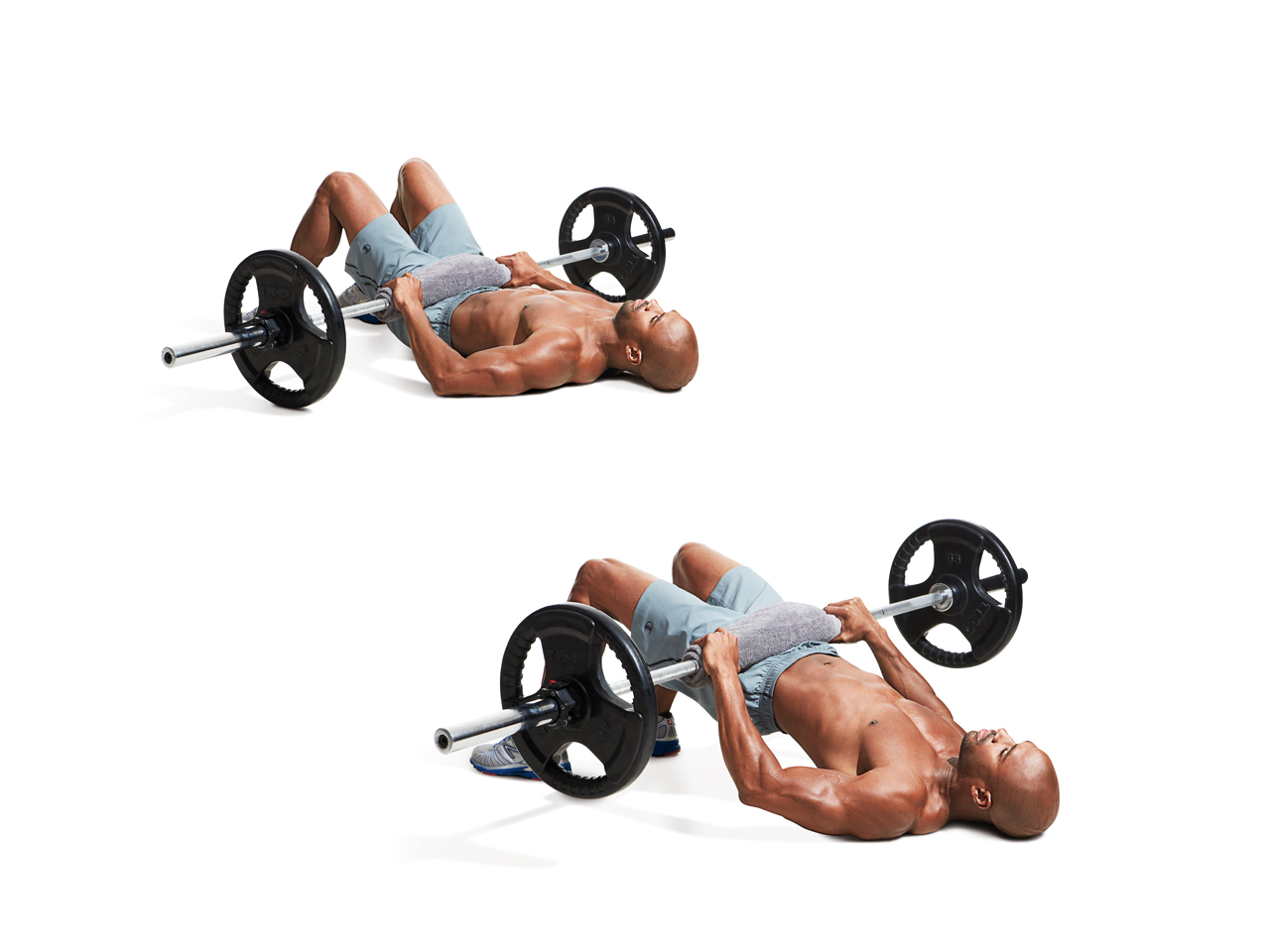What Muscles Does Glute Bridge Work and Why It Matters?
The **glute bridge** is more than just a trendy exercise in the fitness world; it's a crucial movement that targets multiple muscle groups critical for overall strength and aesthetics. So, **what muscles does glute bridge work**? Whether youre aiming for a sculpted lower body or assisting clients in their fitness journey, understanding the muscles activated during this exercise will enhance your expertise as a beautician. This article delves deep into the benefits, techniques, and variations of the glute bridge, aiming to equip you with comprehensive knowledge.

Understanding the Glute Bridge
The glute bridge is primarily a **bodyweight exercise** that requires no additional equipment. However, it can be enhanced through variations and weighted additions. Performing the glute bridge correctly activates essential muscles including the **gluteus maximus, gluteus medius,** and other stabilizer muscles.
The Target Muscles of the Glute Bridge
When you perform a glute bridge, the primary focus is on the glutes. Let's break it down:
- Gluteus Maximus: This is the largest muscle in your buttocks and is responsible for the majority of the hip extension during the bridge.
- Gluteus Medius: Located on the outer surface of the pelvis, this muscle aids in hip stabilization and abduction.
- Hamstrings: These muscles at the back of your thighs also play a role during the glute bridge by assisting in the lifting phase.
- Quadriceps: Although not the primary focus, the quads engage to stabilize the movement.
- Core Muscles: The glute bridge requires a tight core to maintain balance, engaging the abdominal and back muscles.

Why Knowing Muscles Matter to Beauticians
As a beautician, understanding the **anatomy of muscle groups** activated by the glute bridge helps in several ways. Not only can you provide informed advice on fitness routines to clients, but you may also assist in enhancing their **overall physique**. This can add to the wellness services you offer, making you a more attractive option for clients seeking comprehensive beauty and body advice.
Benefits of Incorporating Glute Bridges
There are myriad benefits to including **glute bridges** in your fitness regimen, especially for beauticians who may be more inclined towards aesthetics:
- Muscle Tone: Regularly performing glute bridges leads to tighter and firmer glutes, enhancing the overall shape of your silhouette.
- Increased Strength: Strengthening the glutes contributes to improved performance in other exercises, vital for maintaining an active lifestyle.
- Posture Improvement: Strong glutes help in maintaining proper posture, crucial for any profession, especially for beauticians who spend long hours on their feet.
- Injury Prevention: A strong posterior chain can reduce the risk of injuries, particularly in the lower back and hips.

How to Perform a Glute Bridge
To achieve the best results from the glute bridge, proper form is key. Heres a step-by-step guide:
- Begin by lying on your back with your knees bent and feet flat on the floor, hip-width apart.
- Rest your arms at your sides, palms down.
- Engage your core and push through your heels to lift your hips towards the ceiling.
- At the top of the movement, squeeze your glutes tightly and hold for a moment.
- Lower your hips back down and repeat for 10-15 repetitions.
You can find more detailed information on what is a glute bridge to maximize your knowledge about this exercise.
Variations of the Glute Bridge
The glute bridge is versatile, allowing for several variations to keep workouts engaging and target different muscles:
- Single-Leg Glute Bridge: This variation involves lifting one leg-off the ground while performing the bridge, increasing the challenge and engagement of stabilizer muscles.
- Weighted Glute Bridge: Adding a weight across your hips will increase resistance, which can lead to more significant muscle activation.
- Glute Bridge March: This involves alternating lifting your knees while in the bridge position to add a dynamic element.
- Banded Glute Bridge: Placing a resistance band just above your knees adds further tension and maximizes glute engagement.
For additional examples, check out the article on glute bridge variations.

Common Mistakes to Avoid
When performing glute bridges, be aware of common mistakes that may reduce their effectiveness. Here are some pitfalls to avoid:
- Letting Your Knees Cave In: Always ensure that your knees stay aligned with your feet throughout the movement.
- Using Your Arms for Momentum: Focus on using your glutes to lift yourself rather than pushing off with your arms.
- Hyperextending Your Back: Avoid arching your lower back. Your body should form a straight line from shoulders to knees.
For more details on avoiding mistakes, you can refer to this helpful guide: glute bridge tips.
Incorporating Glute Bridges into Your Routine
As a beautician, incorporating glute bridges in your own routine or recommending them to clients can lead to numerous improvements. Aim for consistency by integrating this exercise two to three times a week.
Start with 3 sets of 10-15 repetitions and adjust as your strength increases. Pairing the glute bridge with other core and lower body exercises can yield impressive results.
Conclusion: The Importance of the Glute Bridge
In summary, understanding **what muscles does glute bridge work** not only enhances your knowledge as a beautician but can also provide invaluable insights to your clients about achieving their fitness goals. This powerful exercise can transform glutes and aid in a healthier lifestyle.
As you continue your journey in the beauty and wellness industry, remember that combining aesthetic knowledge with physical wellness will set you apart from the competition.
For additional insights, consider reading about how to do a glute bridge effectively.
As an Amazon Associate, I earn from qualifying purchases.

